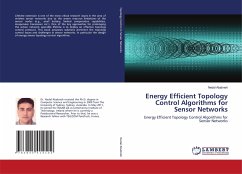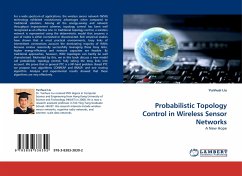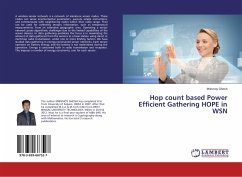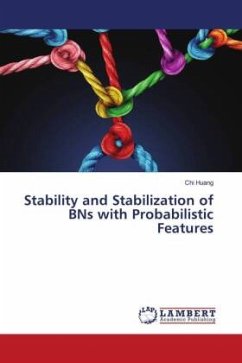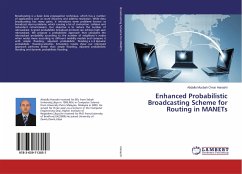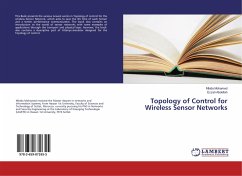Wireless sensor network (WSNs) have attracted intensive research interests for both academia and industry . They are emerged as a promising platform for human being to interact with the physical world. Among all the technical issues, network model has been well recognized as an effective one to improve the network energy-efficiency. It provides an appropriate communication infrastructure for the network, on top of which routing algorithms are able to transmit information in a more energy-efficient manner. In traditional methods, networks are modeled using a deterministic one that assumes a pair of nodes is either connected with reliable links in between, or disconnected no link. In this book, we will introduce the probabilistic network model, from a practitioner's perspective. We will start from some empirical study results, followed by two topology control method. Dynamic Spectrum Sensor Networks will also be discussed.


